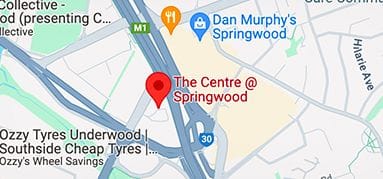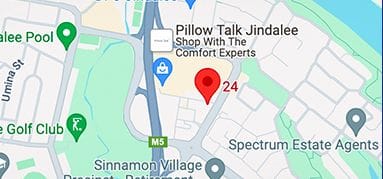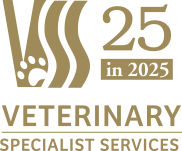After surgery:
Following TPLO surgery, patients stay in one of our Gold Coast or Brisbane hospitals overnight, where they are closely monitored by our nursing staff. With special attention, post-operative pain is managed, and dogs are encouraged to get up and move around as soon as possible and begin eating and drinking again.
Most patients are discharged the day after their TPLO surgery, and at that time, the surgeon will provide discharge instructions to help with the recovery process.
We see patients back at 2 and 6 weeks following TPLO surgery. At the 2-week check, we will remove any sutures. At the latter appointment, we will re-X-ray the leg to assess bone healing. This requires a short anaesthetic and is a day procedure.
The following instructions as given as part of our discharge notes:
Exercise:
It is imperative that your pet is kept rested and confined and exercise is limited to the recommended amounts for the next 6-12 weeks. Failure to do so may lead to an increased risk of an unsuccessful repair or damage to the implants which may require a second surgery. A light sling can be helpful for support in the postoperative period, especially if you need to navigate a small step.
Please keep your pet confined to a small room, pen or cage with non-slip flooring where they cannot freely run, jump or fall.
DO NOT allow free exercise in a yard or park.
DO NOT allow a pet to run between rooms in the house or up and down hallways/stairs etc.
AVOID playing with other animals in the household.
ALL EXERCISE should be on a leash.
All exercises should consist of short leash walks only. This should consist of:
5-minute leash walks, 2-3 times per day, in weeks 1 and 2 after surgery
5-10 minute leash walks, 2-3 times per day, in weeks 3 and 4 after surgery
10-15 minute leash walks, 2-3 times per day, in weeks 5 and 6 after surgery
Advice on exercise after 6 weeks will be given based on a review of a pet and repeat radiographs (x-rays)
Wound care:
Please check the surgical wound daily for evidence of swelling, discharge, self-trauma, etc and alert the hospital immediately with any concerns.
If your pet licks or chews the stitches then an Elizabethan collar is required to help protect the surgery site. This can be purchased from us or your local veterinary clinic.
Diet:
No dietary changes are necessary for the short term. A good quality commercial dog food is recommended. If a pet is gaining significant weight in the postoperative period due to exercise restriction then a reduction in the amount of food offered is recommended.
Physiotherapy:
Physiotherapy has been shown to improve outcomes after TPLO and is highly recommended in the recovery period. Please make an appointment with reception.
&geometry(278x56))




